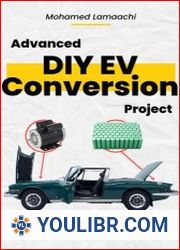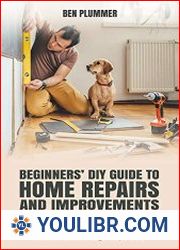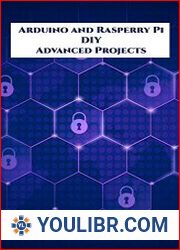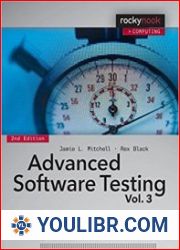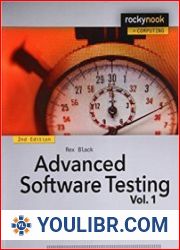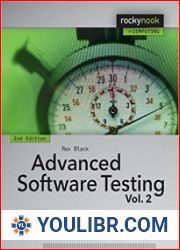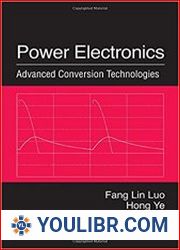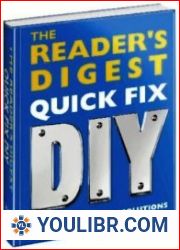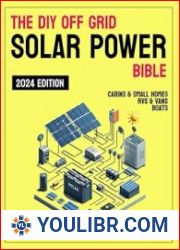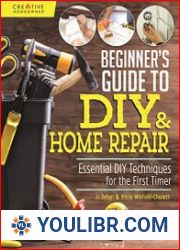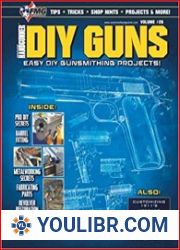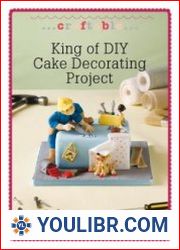



487747
Year: March 20, 2024
Format: PDF
File size: PDF 14 MB
Language: English
This type of conversion proves to be highly modular, where the selection of both car and components depends on budget, time, and knowledge. Brushed DC motors offer reliability at a low cost but with relatively low efficiency. A three-phase induction motor will be a more costly option but with the benefit of higher efficiency and power. The batteries that are deemed appropriate for the conversion are lead-acid and lithium-ion batteries. Lead-acid batteries are robust and have a low cost. However, their low energy density will result in a higher weight, making this type of battery best suited for a small car with short range. Lithium-ion batteries, which are used in commercial EVs, have a high energy density and lower weight. They come at a high cost, however, and they require individual monitoring of the cells' voltage to prevent potential failure.
The converted car will have to be registered as a modified vehicle in order to legally be used. The original total weight of the car cannot be exceeded during the conversion, and because of this, a car with low curb weight and high max load is preferable as a starting point.
The purpose of this book is to research the possibilities and challenges regarding the electric conversion of used cars for personal day-to-day use.







